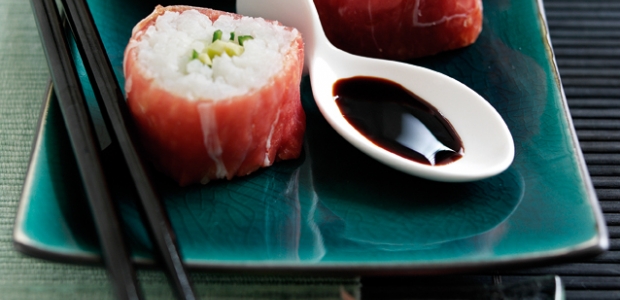Languages
Japanese "King lovers"
Tokyo, May 2015, working dinner at the 42nd floor of a skyscraper in Shiodome. When the Japanese colleague sitting to my right turns out that i am coming from Parma by politely silent becomes more politely talkative. It speaks to me of an excellent food product that has discovered when he came here a few years ago and that with his words it becomes almost the subject of a Miyazaki’s film. He tells me that, were it not for the “raw material” that is not very much used in the Land of the Rising Sun, it could be a Japanese production because the care, attention, precision and dexterity that are at the base of it are almost nipponese.
He began including it in the kitchen elite because it is a "raw food" because the material is processed crude and with a certain mastery, because "tweaks" or corrective are not allowed. Then praises the care with which it is selected to be just perfect. And then he tells me about the skill with which he is treated so that it is not distorted. This valuable raw material requires the utmost respect, a very important concept in Japanese culture: for this reason is subjected to a ritual worthy of an Oriental Spa, almost as much as the Wagyu Kobe meat.
Expert hands make a sort of lymphatic drainage, with manual touches that serve to eliminate blood stagnation that could damage it. Then it’s time for massages with a greater pressure in the fingers to soften muscle tissues and to prepare them to better receive the salt. Furthermore other employees cover it with the fat that will protect in the long months of maturation: the Japanese colleague remembers that he had stared almost hypnotized the movements of those little female hands caressing each piece with distracted yet precise concentration.
Massaged, palpated and caressed this raw material is then left to stand in silence and darkness, so that it becomes almost alchemically in another food, very different from the moist, "earthy" and rustic from which you started. But there's more: before bringing it to the table it is submitted to an acupuncture test, a test that requires the ability to know the exact point where thread the needle (in this case a horse's shin bone) to penetrate his most secret waves and understand, just chasing a faint trail of unstable aromas and fugitives, if it is ready to be enjoyed. If the spirits that govern the time, the air, the humidity and the earth have allowed this metamorphosis and they agreed to bestow on humanity this little miracle. Ah, the miracle is called Parma ham, in case you had not figured it out.
Published in
Parma, his legend in the food, its gastronomic delights, its art of living, its treasures seen from outside the "Petite Capital".
About the author

Manuela Soressi
E’ giornalista professionista, specializzata nel food. Da più di 20 anni racconta con con passione e curiosità, su quotidiani e periodici, il rapporto tra gli italiani e il cibo, il cambiamento dei gusti (e dei disgusti) alimentari, la sociologia dei consumi, i mutamenti del carrello della spesa, le politiche industriali e distributive. E non si fa mancare neppure divertenti incursioni nel mondo del turismo enogastronomico e del lifestyle.
